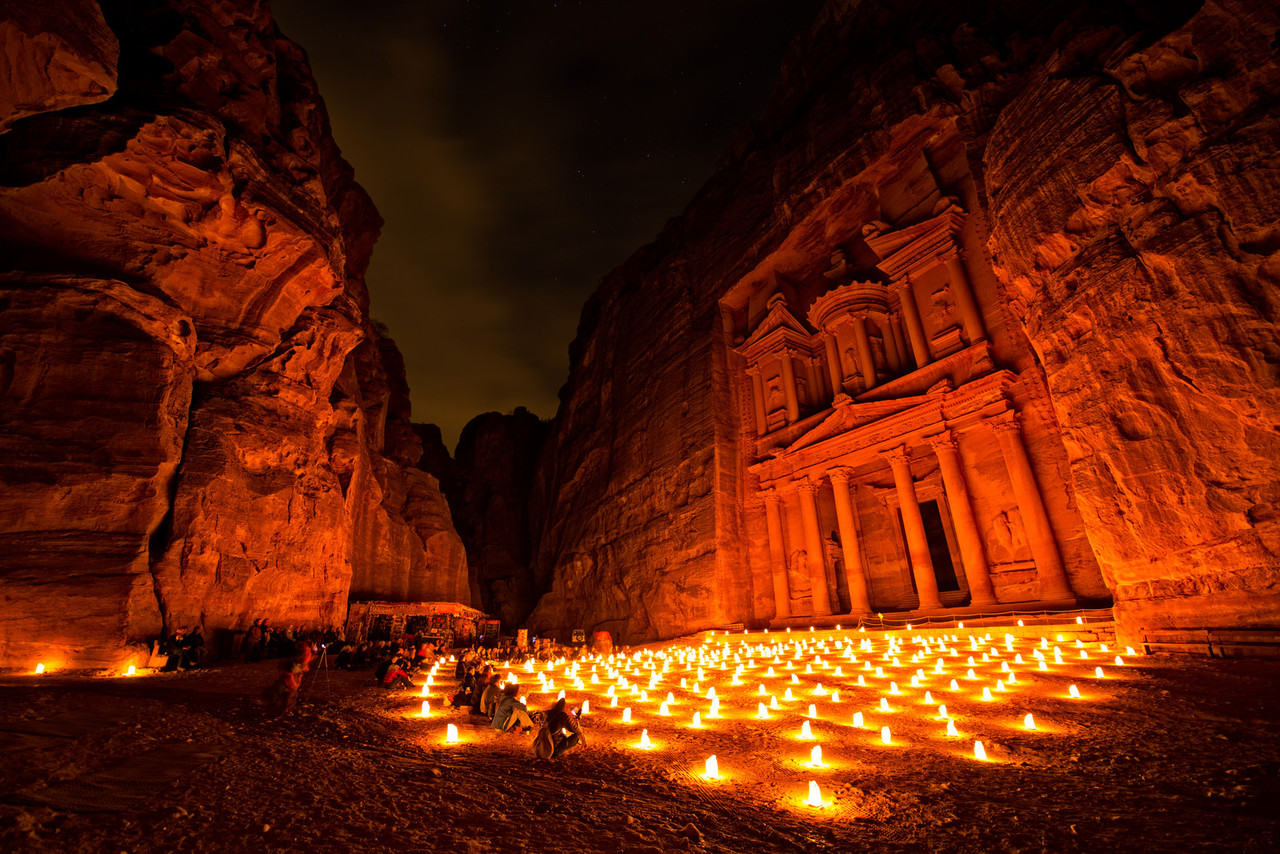Best Time to Visit Jordan
Jordan has an exceptional range of climates for such a small country. This is heavily influenced by the country’s diverse levels of altitude. You have the higher northern and central regions, which between December and February can be quite cold; while at the same time, lower areas such as the Gulf of Aqaba and the Jordan Valley are boasting a comfortable average of 23°C. In summer, these lower regions become humid and extremely hot and are best avoided between July and August.
However, no matter how hot it gets, it’s still more bearable compared to its neighbouring GCC Gulf countries. Amman and the highlands are almost always cool with fresh nights, where humidity is rare.
Your best bet is to travel during spring and autumn (March–May and September–November). The temperatures aren’t too extreme and the wildflowers are in bloom all over the country, blanketing Jordan in an array of colours.
Summer
It gets hot and dry, particularly during peak summer. Places that suffer the most are lower regions such as the areas surrounding the Dead Sea, Jordan Valley and Wadi Rum. The lack of humidity makes the heat more bearable but it is still extremely important to come well-prepared. Don’t forget your sunscreen, hat, protective clothing, and to keep hydrated! That being said, night temperatures can still plummet on the hottest day, so bring a warm sweater for these chillier occasions.
Winter
Bring a waterproof jacket and plenty of warm clothes. Jordan generally only gets 40 days of rain that all falls between December and February. Snow falls occasionally in Amman, and even Petra during the months of January and February, although it does tend to melt pretty quickly.
An exception to the rule is Aqaba, where the average in January is around 23°C. You can soak up the sun and enjoy the gulf while it’s snowing in Amman!
Ramadan
During the holy month of Ramadan, Muslims fast from sunrise to sunset so visitors are advised to respect this by not eating, smoking or drinking in public. A lot of businesses and companies also operate limited hours—reduced to six hours a day. However, tourist restaurants remain open all day. Benefits of visiting during Ramadan include fewer crowds, and better hotel rates as tourism is quite slow.
The end of Ramadan is celebrated with Eid al-Fitr and is a great time to visit. However, this time, along with Eid al-Adha (dates vary year to year), can get very busy. Be sure to book accommodation and transportation in advance, particularly when visiting the Dead Sea and Aqaba. Locals tend to book rooms for extensive periods during these holidays.
Regardless of whether you’re travelling during spring, autumn, summer, or winter, there is a place in Jordan for you to discover. Jordan is an all-seasons destination, each place and season guaranteeing you a different experience any time of year.


Comment (0)